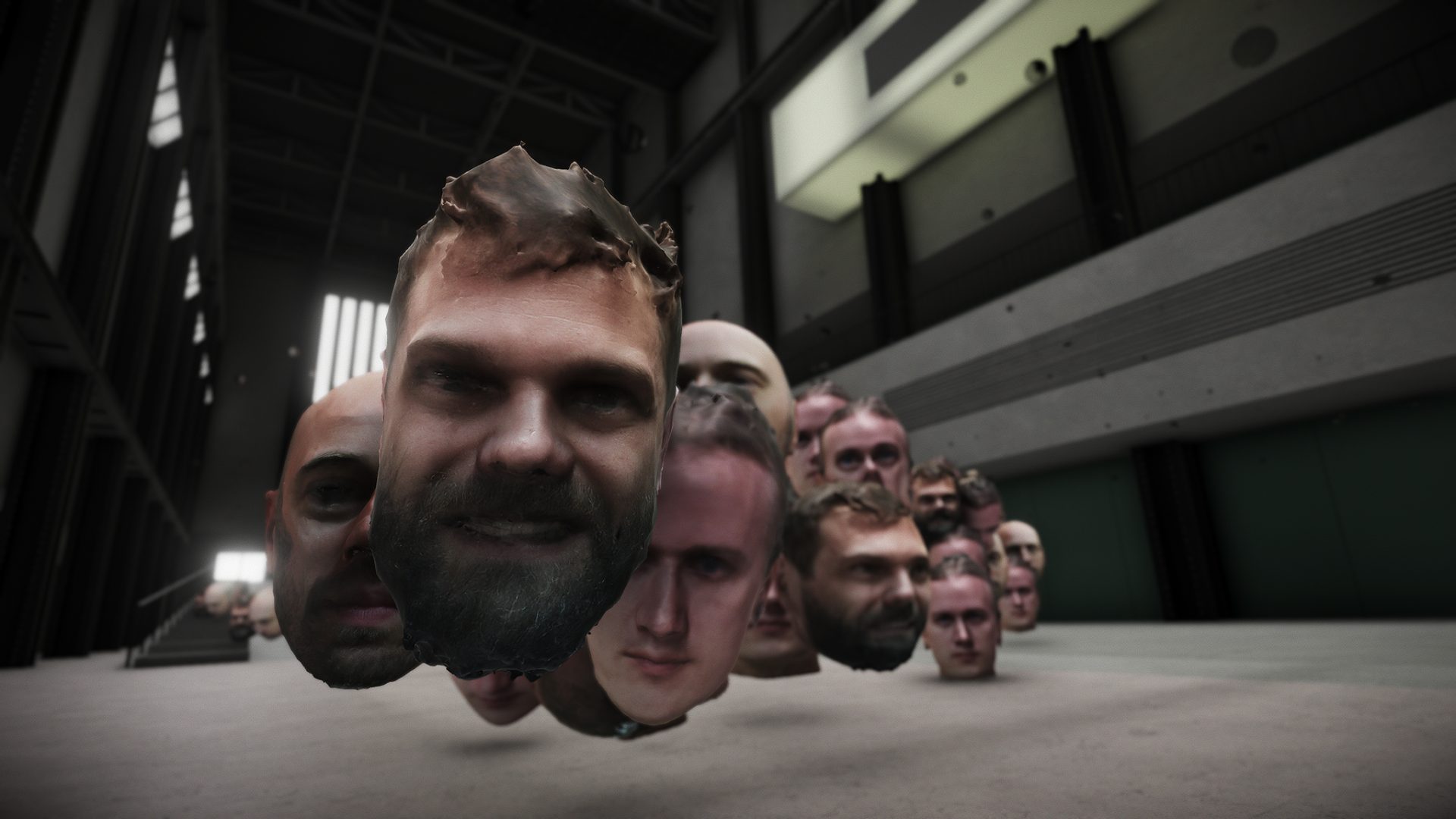Virtual Reality Experience.
Xandy Adderley, Tom Szirtes aka Mbryonic & Xavier Solé.
The history of visual art as object is inseparable from the space it occupies. That space may be ritual, magical, religious, anthropological as in a cabinet of curiosities, domestic and decorative, a public gallery, or a vault as investment.
Art is an object of exchange whose context increases or decreases its value. An object in a public gallery is viewed differently from an object in a shed (unless it is the shed) in much the same way as a skull displayed as a relic in a church is different from one in a normal grave. Churches and museums consecrate space and invite a different, more devout form of attention. They themselves make art.
The Turbine Hall at Tate Modern was an industrial space but is now just such a consecrated space. The space itself is a vital part of the context. But what if the space can be recreated in virtual reality and reoccupied as, in this case, by adaptation of themes from Goya in a visually dense and aggressive assault on the senses, or indeed by any other possible experiential phenomenon? What if the roof of the Tate were to fly away or collapse?
That is the kind of possibility the Appropriation Project looks to explore. Collaborating with various artists and institutions, London-based design studio Mbryonic creates a series of virtual experiences set in unique spaces. The first of them, entitled ‘The Sleep of Reason Still Produces Monsters’, was created in collaboration with visual artist Xavi Sole and is inspired by three works by Goya: The Hill of San Isidro, The Pilgrimage of San Isidro, and The Great He-Goat. The resulting piece presents the audience with the evolution of a scene, of joyful celebration into a pilgrimage of sinister characters on their way to the hermitage under the gaze of a demonic Idol.
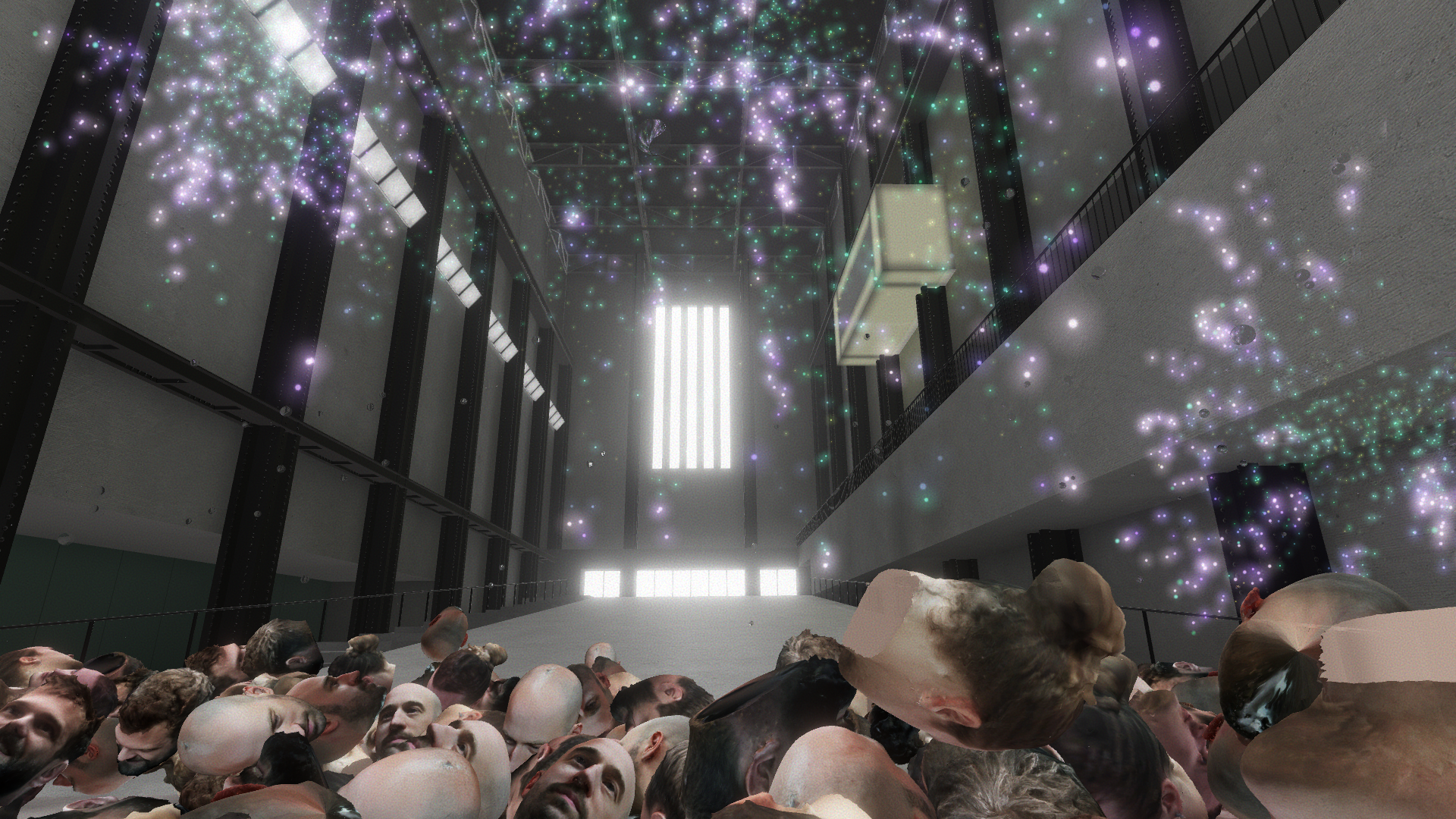
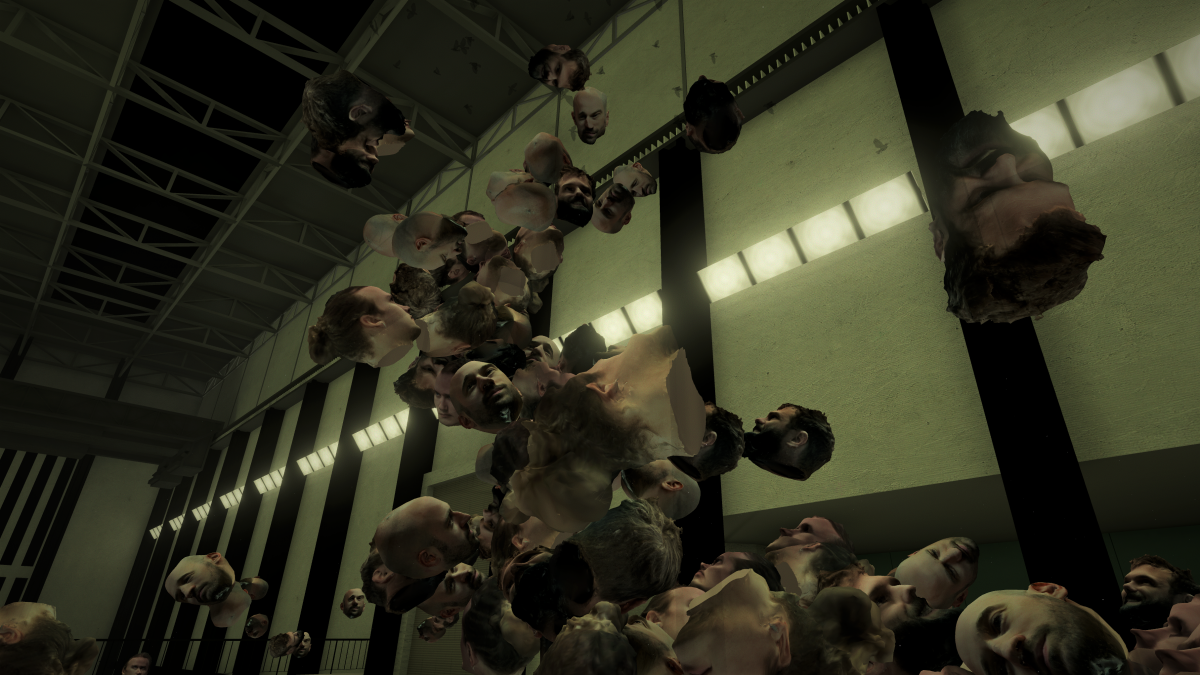
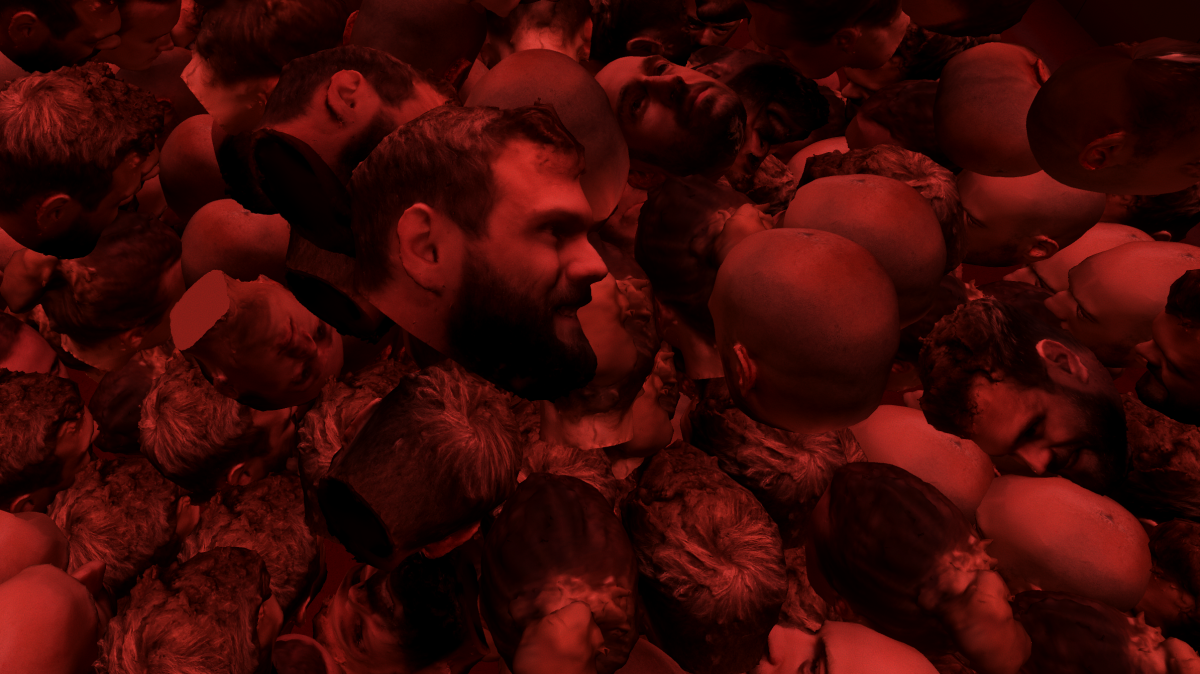
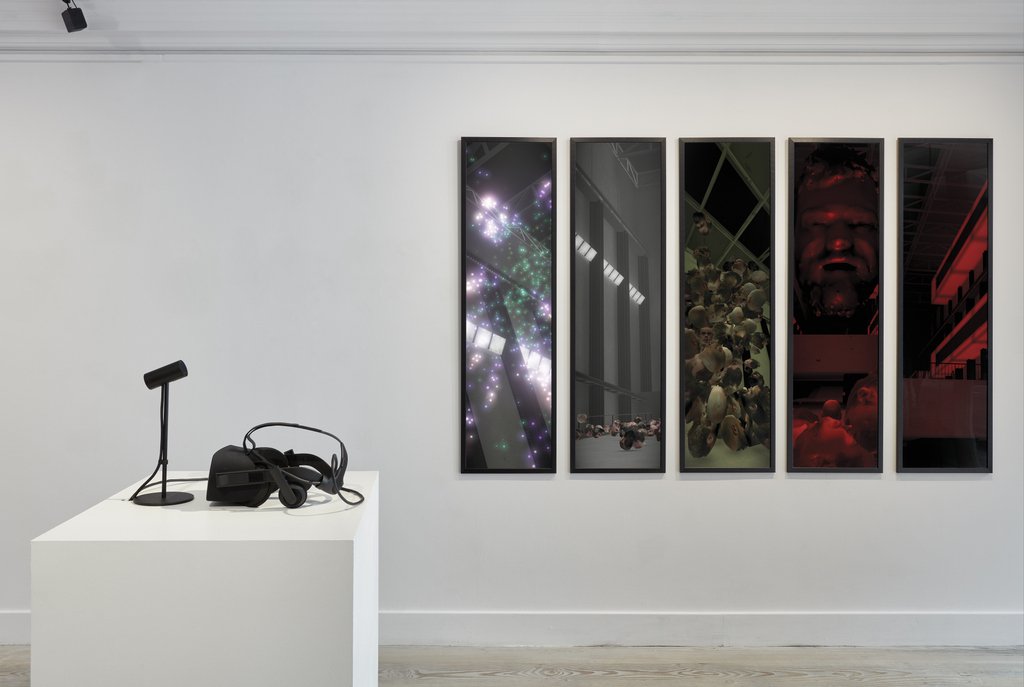
Photo: Gazelli Art House.
